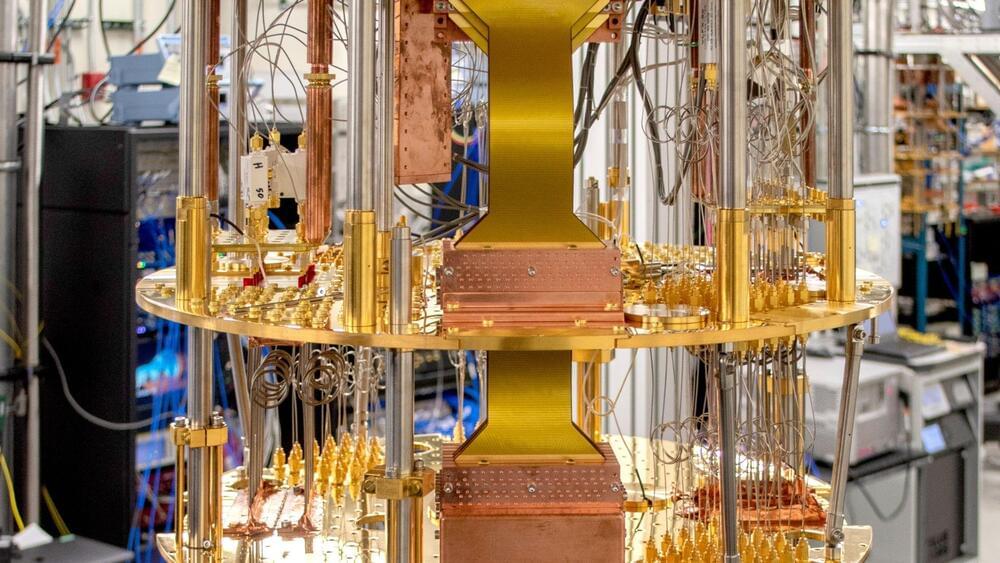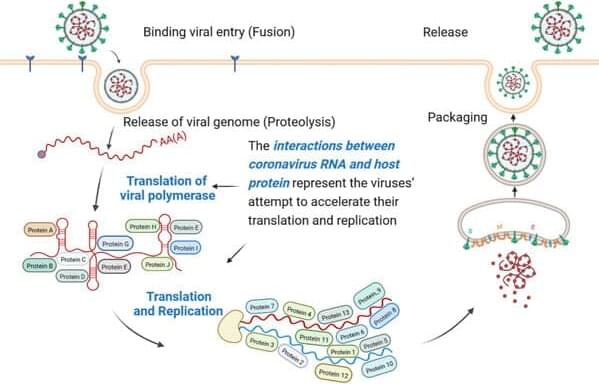Artificial intelligence is rapidly transforming all sectors of our society. Whether we realize it or not, every time we do a Google search or ask Siri a question, we’re using AI.
For better or worse, the same is true about the very character of warfare. This is the reason why the Department of Defense – like its counterparts in China and Russia– is investing billions of dollars to develop and integrate AI into defense systems. It’s also the reason why DoD is now embracing initiatives that envision future technologies, including the next phase of AI – artificial general intelligence.
AGI is the ability of an intelligent agent to understand or learn any intellectual task in the same way that humans do. Unlike AI which relies on ever-expanding datasets to perform more complex tasks, AGI will exhibit the same attributes as those associated with the human brain, including common sense, background knowledge, transfer learning, abstraction, and causality. Of particular interest is the human ability to generalize from scanty or incomplete input.







